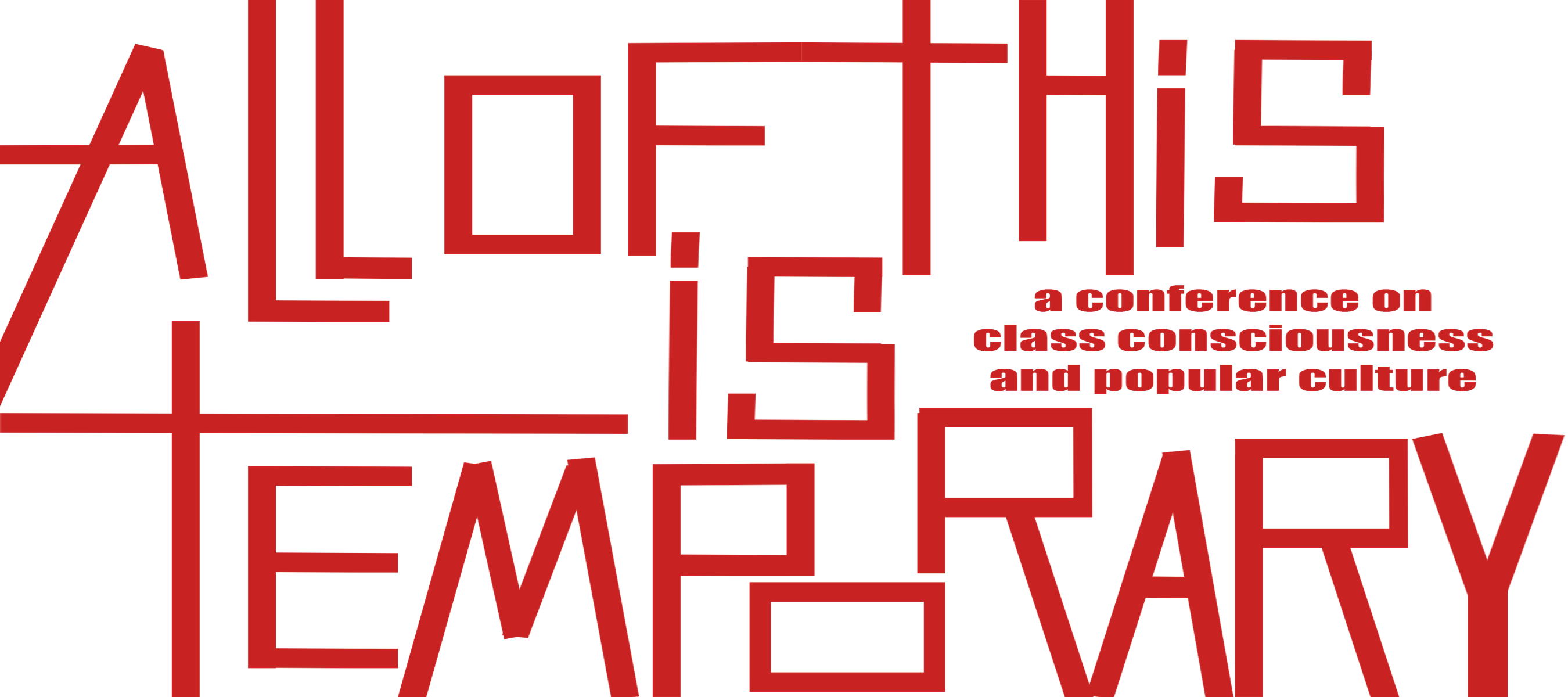Who Makes the Lights Go On: Class Structure & Alienation in Bong Joon-ho’s Parasite
Start Date
15-4-2023 6:45 PM
End Date
15-4-2023 7:30 PM
Description
When Bong Joon-ho’s Parasite was released in 2019, it was overwhelmingly lauded by critics as a critique of capitalist relations and a biting takedown of the rich. A closer examination of the film complicates this reception. While the film does examine class conflict through its use of dark satire and gothic plot devices, the film’s ending suggests a more cynical analysis, one that does not so clearly “choose sides,” as it were. In this presentation, I want to offer a reading of Parasite that frames the film as a failure of class consciousness and a staging of capitalist class relations. Specifically, I argue that the film stages these relations in such a way to show that resentment and disgust—which appear in a number of memorable scenes—are ineffective models of class critique that transform what people do (their labor) into who they are (their identity). The film’s ending, which I will analyze closely, suggests the film is invested in a structural understanding of class, such that individuals are less relevant than the class position they occupy.
Who Makes the Lights Go On: Class Structure & Alienation in Bong Joon-ho’s Parasite
When Bong Joon-ho’s Parasite was released in 2019, it was overwhelmingly lauded by critics as a critique of capitalist relations and a biting takedown of the rich. A closer examination of the film complicates this reception. While the film does examine class conflict through its use of dark satire and gothic plot devices, the film’s ending suggests a more cynical analysis, one that does not so clearly “choose sides,” as it were. In this presentation, I want to offer a reading of Parasite that frames the film as a failure of class consciousness and a staging of capitalist class relations. Specifically, I argue that the film stages these relations in such a way to show that resentment and disgust—which appear in a number of memorable scenes—are ineffective models of class critique that transform what people do (their labor) into who they are (their identity). The film’s ending, which I will analyze closely, suggests the film is invested in a structural understanding of class, such that individuals are less relevant than the class position they occupy.


